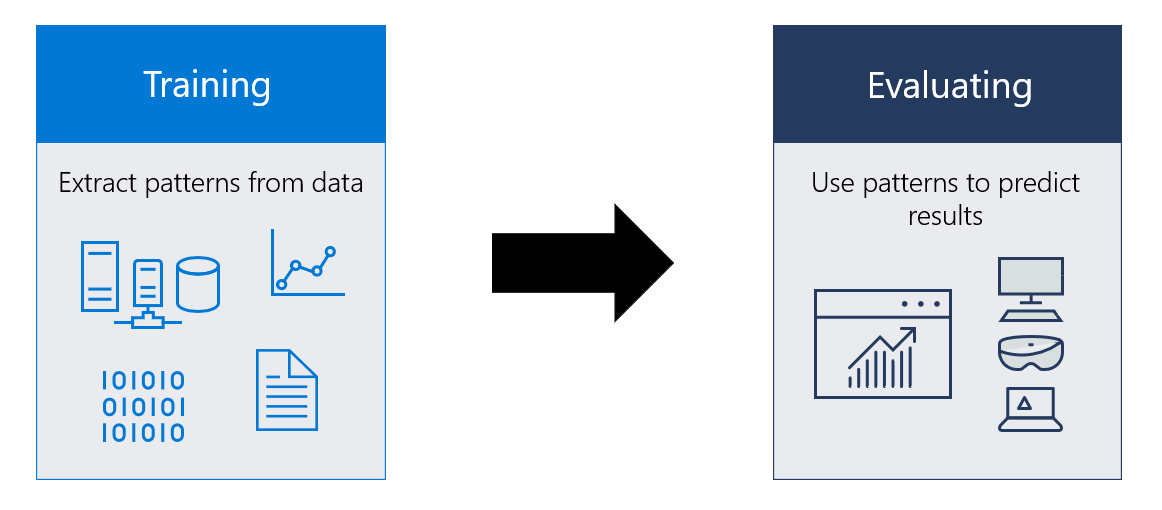Brickie Leaks: Uncovering the Hidden Stories
Dive into a world of revealing news and insights.
Machine Learning: The Brain Behind the Bots
Uncover the secrets of machine learning and discover how it powers the bots transforming our world. Dive in for insights and surprises!
How Machine Learning is Shaping the Future of Automation
Machine Learning is revolutionizing the landscape of automation, bringing unprecedented efficiency and capabilities to various industries. By leveraging algorithms that can learn from data, businesses are now able to optimize their processes in ways that were once unimaginable. For instance, in manufacturing, machine learning systems analyze vast amounts of sensor data to predict equipment failures before they occur, thereby reducing downtime and maintenance costs. This proactive approach not only enhances productivity but also enables companies to allocate their resources more effectively.
The impact of machine learning on automation extends to sectors such as healthcare, finance, and logistics. In healthcare, machine learning algorithms assist in diagnosing diseases more accurately by analyzing patient data and historical trends. Similarly, in finance, automated trading systems utilize machine learning to adapt to market changes, making real-time decisions that optimize investment strategies. As these technologies continue to evolve, we can anticipate even greater enhancements in automation, driving innovation and creating new opportunities for growth across all sectors.

Understanding the Key Algorithms Behind Machine Learning
Machine learning relies on several key algorithms that enable computers to learn from data and make predictions. Among these, supervised learning algorithms play a crucial role, utilizing labeled datasets to train models. Common algorithms in this category include linear regression for predicting continuous outcomes and decision trees for classification tasks. Additionally, support vector machines and neural networks have gained popularity due to their ability to handle complex data distributions, making them ideal for various applications like image and speech recognition.
Another significant category is unsupervised learning, where algorithms identify patterns in data without relying on labeled outcomes. Techniques like clustering, exemplified by K-means clustering, allow data scientists to group similar data points, while dimensionality reduction methods such as Principal Component Analysis (PCA) help simplify datasets by reducing their features. Understanding these algorithms is essential for leveraging machine learning effectively, as each offers unique strengths and is suited for diverse tasks in data analysis.
What Are Neural Networks and How Do They Power AI?
Neural networks are a subset of machine learning that aim to simulate the way the human brain operates. These networks consist of layers of interconnected nodes, or 'neurons,' which process data and learn from it. Each neuron receives input, performs a mathematical operation, and passes its output to the next layer of neurons. Through a process called backpropagation, neural networks adjust their internal parameters as they learn from training data. This capability enables them to recognize patterns, make predictions, and perform tasks like classification and regression, which are essential for many applications in artificial intelligence (AI).
The power of artificial intelligence is significantly amplified by neural networks, allowing for advancements in fields such as computer vision, natural language processing, and speech recognition. For example, in computer vision, neural networks can identify objects in images with remarkable accuracy, enabling self-driving cars and advanced facial recognition systems. In natural language processing, these networks can understand and generate human-like text, enhancing virtual assistants and chatbots. As a key component of AI, neural networks continue to evolve, helping to unlock new possibilities by solving complex problems that were once thought to be insurmountable.